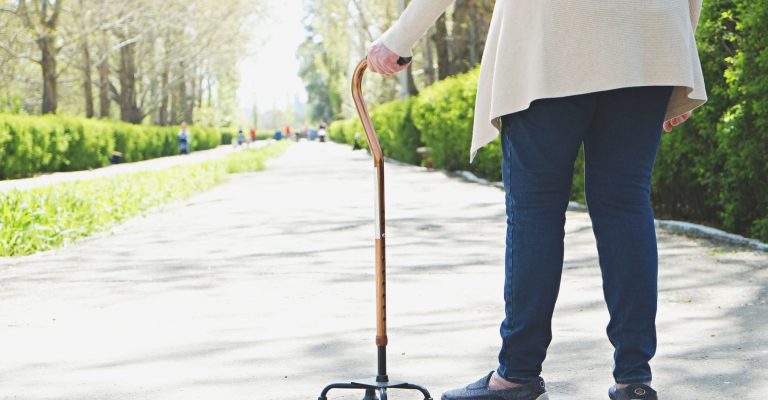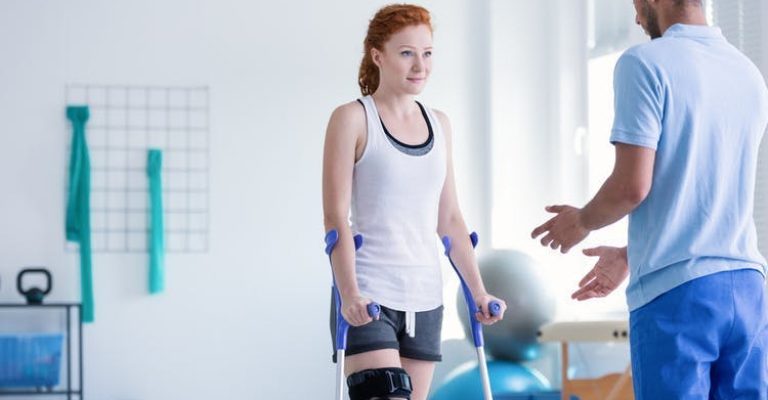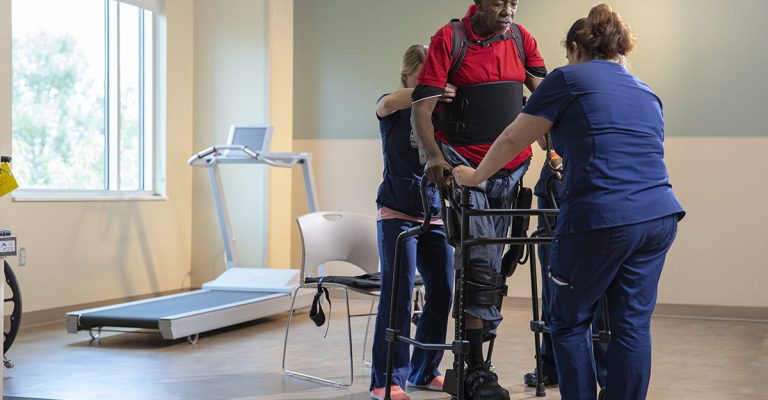
Regaining movement following a stroke is typically one of the most significant and important obstacles that patients face during rehabilitation.
The autonomy that comes from being able to walk on one’s own not only results in an improvement in one’s quality of life. It also boosts the odds of the body recovering in a wider variety of ways.
Hemiplegia, as well as other common neurological disruptions that occur after a stroke. Hemiplegia can also occur in conjunction with other common neurological disruptions that occur after a stroke.
As a result of this, many survivors will need the assistance of a loved one, a carer, or the appropriate tools and support systems. Their help is crucial to make it through the period of time until these imbalances have been adjusted.
When it comes to encouraging the reintegration of mobility into day-to-day life, many activities, medical treatments, and even surgical procedures can be utilized. This is especially true when various aspects of recuperation are taken into consideration.
A survivor’s ability to walk can be impacted in many different ways by a stroke, including the following:

It is heartening to be aware that a variety of information and rehabilitation technology concentrates specifically on the lower extremities.
Canes, walkers, and support braces are all wonderful aids that can be utilized during the recovery process.
The rehabilitation procedure can be completed very quickly. These are the many different types of therapy available to strengthen the legs.
The question now is, what about the toes? They may be an indicator of how the health of the rest of the leg is progressing. This is despite the fact that they are frequently the first part of the leg to be ignored when rehabilitation first begins.
However, the rehabilitation of these areas will significantly help walking and the overall moving process.
For instance, one of the most prevalent problems connected with foot drop is the loss of dorsiflexion. It refers to the inability to point the front of the foot upwards or bend it higher.
Because the toes and foot cannot receive messages from the brain when a person has this particular impairment, the foot cannot move normally.
The foot will also continue to drag on the ground even when the person is walking.
Sometimes the four small toes will take on a curled appearance, either bending upward at the proximal joint or knuckling downward toward the sole of the foot in the middle joint. This can be caused by a condition known as hammertoe.
This results in the four smaller toes appearing more like claws. In turn, it causes pain in the foot.
Because of their design, the knuckles are susceptible to developing corns or calluses when they rub against neighboring socks or shoes.
The use of physical therapy techniques to re-extend the toes has several benefits. This includes the reduction of foot pain and pressure and an improvement in the likelihood of greater mobility.
Hammer’s toe differs from claw toe in that it only affects the middle joint of the toe, while claw toe affects all three joints of the toe.
A steep curve characterizes Hammer’s toe in the middle joint, which prevents the toe from straightening out.
The capacity to move the affected toe while it is in the hammer-like position is one factor determining whether a person has a flexible or rigid hammer toe.
It is possible that tendon surgery will be necessary once the joint has become rigid to liberate the toe from its grasp on its position.
On the other hand, having a flexible hammer toe is a sign that the condition is still in its early stages and has a better prognosis for recovery.

In circumstances in which orthotics, physical therapy, and stretching exercises are ineffective, medical professionals may advise patients to undergo surgical procedures such as nerve sutures, tendon transfer, grafting, or decompression.
Tenotomy is an example of a type of surgery that could be advised for those who have severe spasticity.
This strategy entails cutting the tendon that is being impacted in order to extend it, which both reduces the amount of discomfort experienced and makes it possible to move more freely.
Surgery is frequently the next line of defense when other treatments, such as physical therapy and stretching exercises, have been unsuccessful in treating club toes.
One variation of this surgery is minimally invasive, requiring only a small incision and a miniature camera to complete the procedure.
The damaged neurological region can also be rehabilitated with tendon transfer.
It serves as an additional alternative for surgical treatment. This treatment involves relocating the posterior tibial tendon.
Regaining one’s independence after suffering a stroke is a process that is never complete and calls for tenacity and patience.
When devising a plan for the rehabilitation of an individual, it is common practice to find the greatest level of success when incorporating the performance of these exercises alongside other forms of treatment.